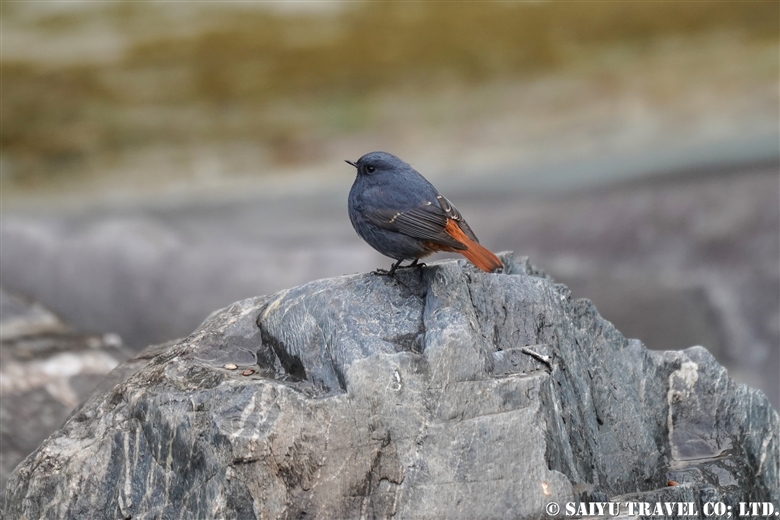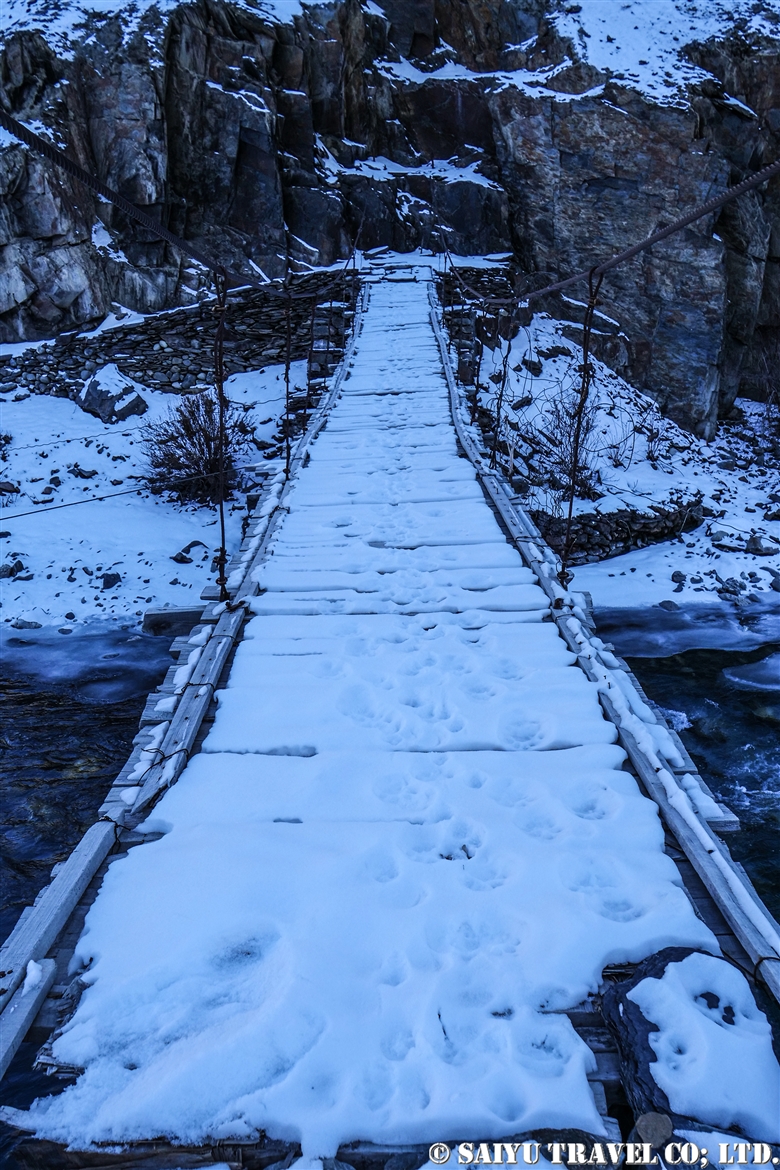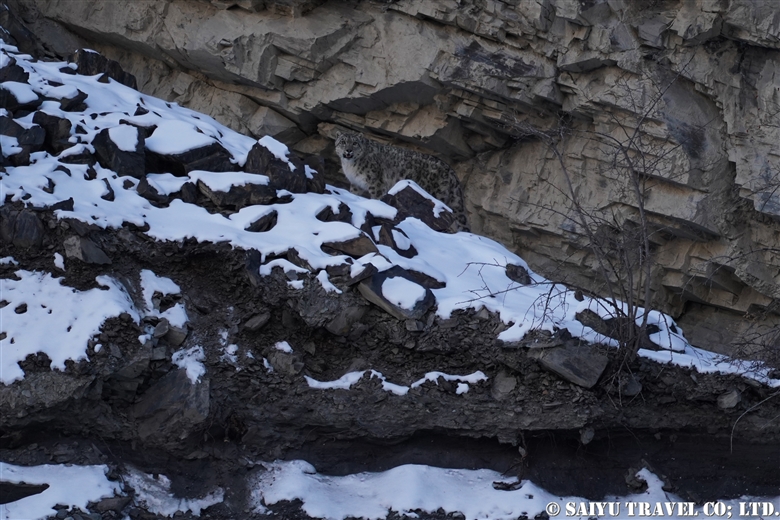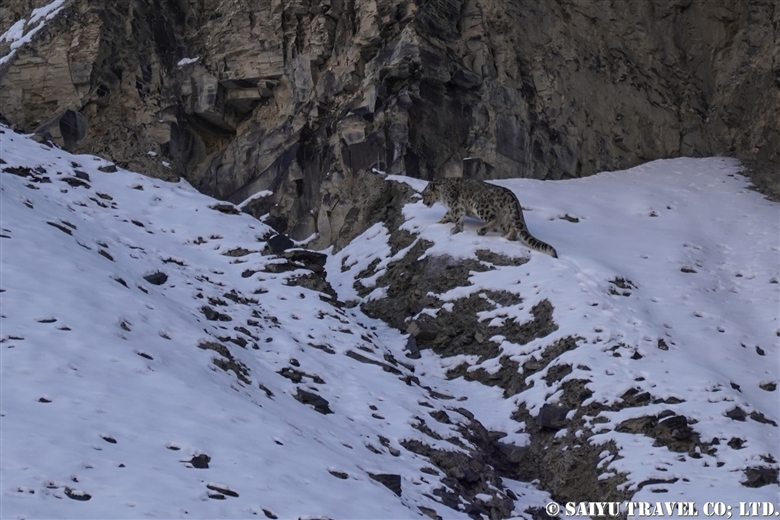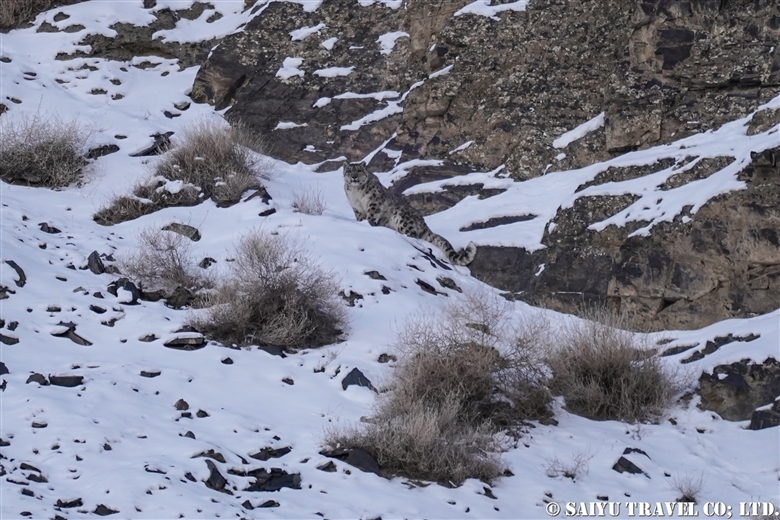In the spring, as the snows melt away from the mountainous slopes of the Khunjerab National Park, sitting at 4,000 meters above sea level, the wildlife also seems to spring back to life.
In this video, the red fox catches a mouse. The classic fox hunting technique of locating, jumping and diving into the snow, nose first. Then the prey seems to confuse the fox by “playing dead” …an interesting sighting of the wildlife in the thawing Karakoram.
A Red fox hunting / 狩りをするアカギツネ
Videography : Mariko SAWADA
Observation : April 2021, Khunjerab National Park, Gilgit-Baltistan
Category : = Video Clip Gilgit-Baltistan > ◆ Video Breathtaking Views of Pakistan > ◆ Gilgit-Baltistan > - Fox > ◇ Wildlife of Pakistan > - Khunjerab National ParkTag : Travel Pakistan Blog , Wildlife of Pakistan , Pakistan Travel company , Pakistan tour operator , Indus Caravan , Pakistan Photography Tour , Pakistan Dronography , Saiyu Travel Pakistan , Wildlife tour in Pakistan , PakistanBlog , Red fox hunting , Gilgit-Baltistan , Pakistan Blog , Travel Pakistan , Pakistan Travel Blog , Idus Caravan









